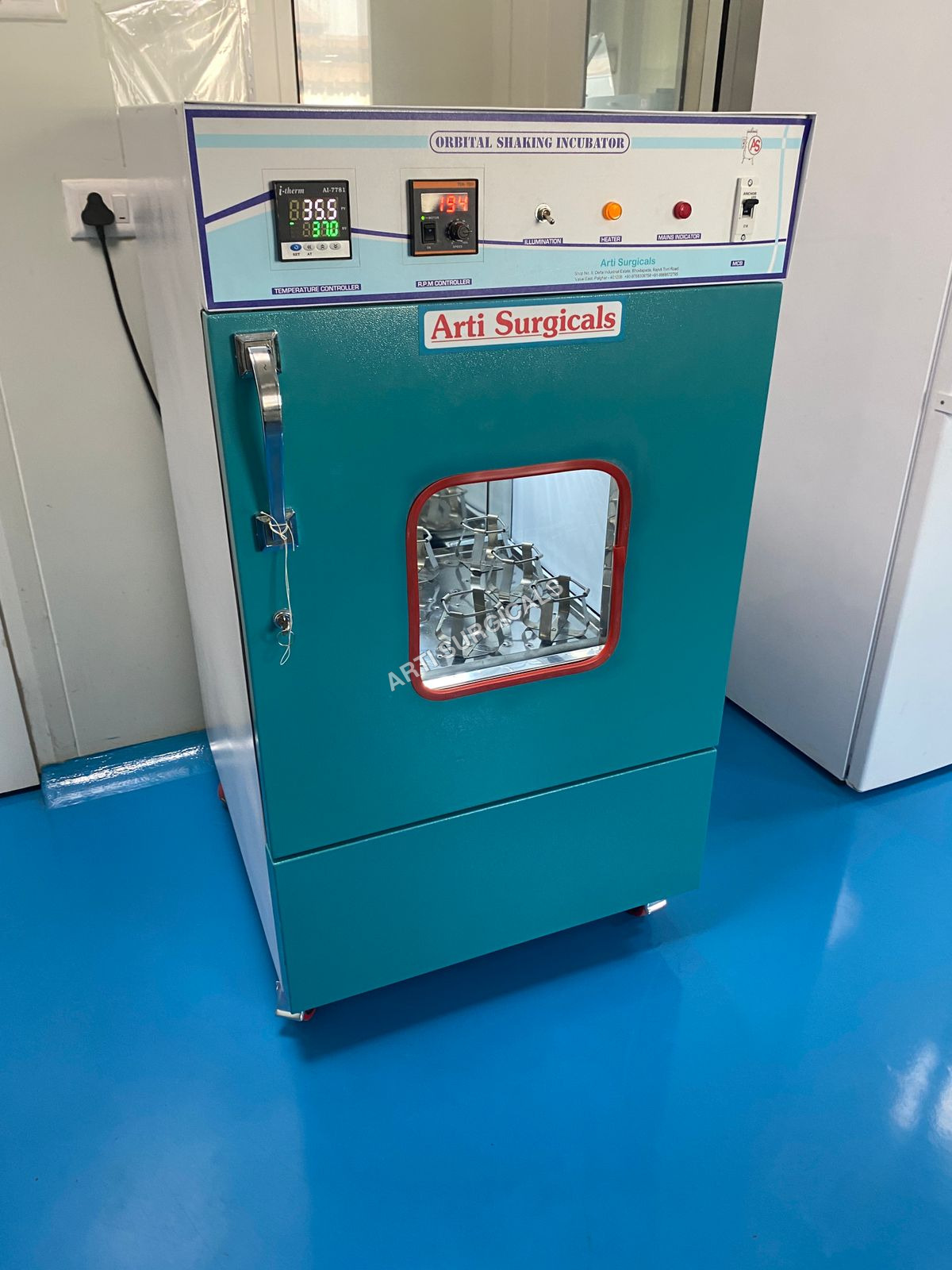
ETO Sterilizers
Product Details:
- Product Type ETO Sterilizers
- Operate Method Semi Auto
- Voltage 220 Volt (v)
- Application Laboratory
- Usage Industrial
- Color Silver
- Material Stainless Steel
- Click to view more
ETO Sterilizers Price And Quantity
- 1 Number
ETO Sterilizers Product Specifications
- ETO Sterilizers
- Semi Auto
- 15 PSI
- Stainless Steel
- Silver
- Laboratory
- Industrial
- 220 Volt (v)
ETO Sterilizers Trade Information
- Cash in Advance (CID)
- 20 Number Per Week
- 3 Week
- No
- Jammu and Kashmir, Chandigarh, Uttar Pradesh, Tamil Nadu, All India, Goa, Kerala, Delhi, Rajasthan, Mizoram, Meghalaya, Bihar, Assam, Himachal Pradesh, Dadra and Nagar Haveli, Pondicherry, Odisha, Nagaland, West Bengal, Arunachal Pradesh, Haryana, Central India, Andhra Pradesh, , North India, Lakshadweep, South India, West India, Uttarakhand, Andaman and Nicobar Islands, Daman and Diu, Punjab, Manipur, Jharkhand, East India, Chhattisgarh, Maharashtra, Sikkim, Tripura, Madhya Pradesh, Telangana, Karnataka, Gujarat
Product Description
Working Temperature 121C @ pressure 15 PSI.
ETO Sterilizer Specifications
-
Sterilization Method:
-
Utilizes Ethylene Oxide (ETO) gas to sterilize heat-sensitive medical equipment, instruments, and devices.
-
Effective for sterilizing items that cannot withstand high temperatures such as plastics, electronics, and delicate materials.
-
-
Chamber Size:
-
Capacity: Varies based on model; can range from small (for limited quantities) to large chambers (for bulk sterilization).
-
Dimensions: Typically range from 1 cubic meter to over 10 cubic meters in capacity.
-
-
Sterilization Cycle Time:
-
Cycle Time: Can range from 2 to 6 hours, depending on the type of product and the level of sterilization required.
-
-
Temperature Range:
-
Typically 30C to 60C (86F to 140F), as Ethylene Oxide gas works effectively at lower temperatures compared to other sterilization methods.
-
-
Pressure:
-
Operating pressure in the chamber typically between 1 to 2 bar.
-
-
Gas Usage:
-
Uses Ethylene Oxide (ETO) gas, which is introduced into the sterilization chamber to penetrate the materials and sterilize them.
-
-
Control System:
-
Microprocessor-based or PLC-controlled systems with pre-programmed cycles.
-
Touch screen interface or remote access for monitoring and adjusting parameters.
-
-
Safety Features:
-
Gas leak detection systems.
-
Ventilation and exhaust systems for safe removal of the gas after sterilization.
-
Auto-decontamination systems to ensure that there is no residual ETO gas after the cycle is complete.
-
-
Power Requirements:
-
Typically requires 220V to 440V depending on the size and design.
-
Power consumption varies by model and cycle duration.
-
-
Compliance:
-
Conforms to international standards such as ISO 11135, ISO 14937, FDA, and CE.
-
Complies with safety regulations for handling and disposing of ethylene oxide gas.
-
FAQ About ETO Sterilizers
1. What is the main use of an ETO sterilizer?
-
ETO sterilizers are mainly used in the medical, pharmaceutical, and food industries for sterilizing items that cannot tolerate high temperatures, like plastic, electronics, and delicate instruments.
2. How does the ETO sterilization process work?
-
Ethylene oxide gas is introduced into a sealed chamber, where it penetrates the items to destroy microorganisms by disrupting their DNA. The process works effectively at lower temperatures, making it ideal for sensitive materials.
3. What are the safety concerns with ETO sterilization?
-
Ethylene oxide is a toxic, flammable, and potentially carcinogenic gas. Hence, ETO sterilizers are equipped with multiple safety measures like:
-
Gas leak detectors.
-
Proper ventilation systems.
-
Gas-neutralizing systems to ensure that no harmful gas is released into the environment.
-
4. How long does an ETO sterilization cycle take?
-
The duration of a sterilization cycle typically ranges from 2 to 6 hours, depending on factors such as the material being sterilized and the specific sterilizer model.
5. Is ETO sterilization environmentally friendly?
-
ETO sterilization is efficient but has environmental concerns because of the toxic nature of the gas. Modern ETO sterilizers use systems to neutralize residual ethylene oxide after the sterilization process, minimizing environmental impact.
6. How do I know when the sterilization process is complete?
-
Sterilization cycles are generally monitored and controlled by a digital system that will alert you when the process is finished. Additionally, biological indicators (such as spores) are often used to verify the effectiveness of the sterilization.
7. How often should ETO sterilizers be calibrated?
-
Calibration is required periodically to ensure accurate and safe sterilization. Manufacturers generally recommend calibrating sterilizers at least once a year or after every major maintenance service.
8. Can ETO sterilization be used for all materials?
-
No, ETO is only effective for certain materials, such as plastics and electronics, that cannot withstand high temperatures. Some materials may react negatively with ethylene oxide, so testing should be performed before full-scale sterilization.
9. What are the advantages of using ETO sterilization?
-
The primary advantage is its ability to sterilize heat-sensitive materials without compromising their integrity. It also has the capability to penetrate porous materials, making it ideal for medical devices with complex geometries.
10. Are there any regulations for ETO sterilization?
-
Yes, ETO sterilization must meet strict regulations and standards, such as ISO 11135 (Sterilization of health care products), ISO 14937 (General requirements for sterilization), and FDA and CE requirements. These standards ensure both the effectiveness of the process and the safety of operators.

Price:
- 50
- 100
- 200
- 250
- 500
- 1000+
 English
English Spanish
Spanish French
French German
German Italian
Italian Chinese (Simplified)
Chinese (Simplified) Japanese
Japanese Korean
Korean Arabic
Arabic Portuguese
Portuguese




